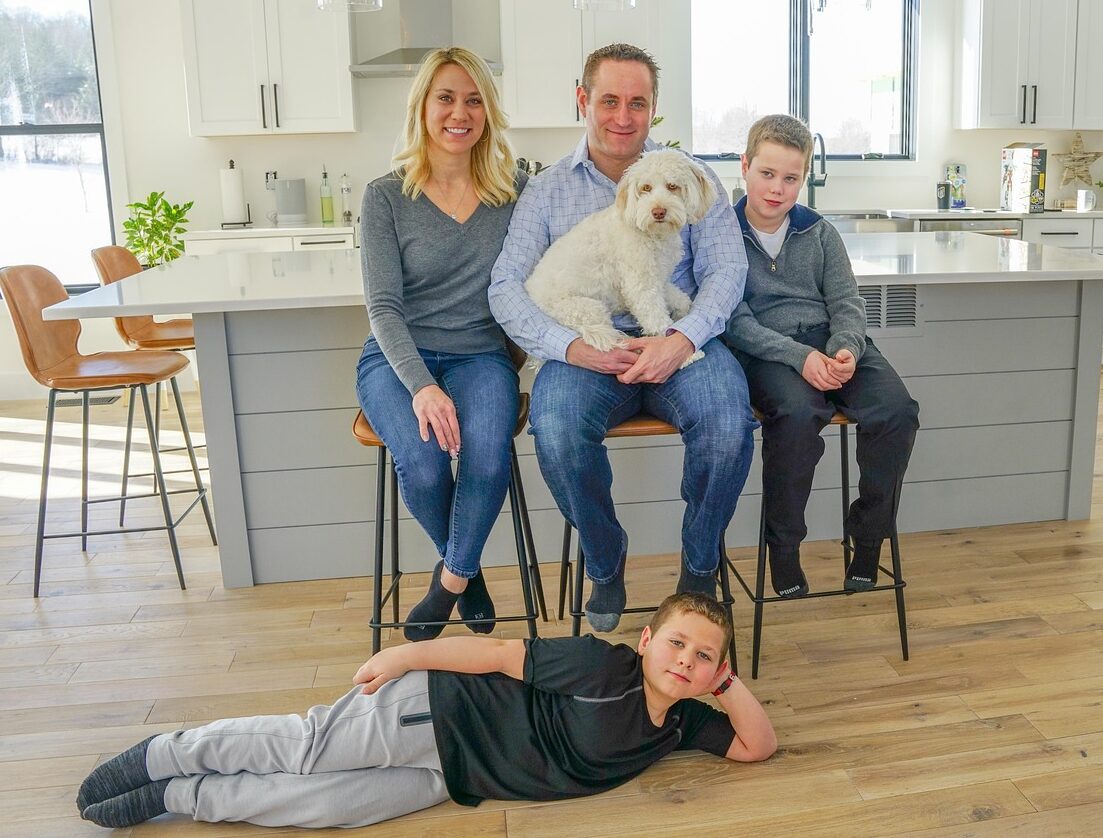
Moving can be stressful for anyone, but dogs often feel it even more. New smells, unfamiliar surroundings, and disrupted routines can leave them anxious or confused. If you’ve just brought home a dog or moved to a new place, these steps can make the transition smoother. The goal is to help them feel safe, comfortable, and at home as quickly as possible. Here are 15 ways to help your pup adjust to a new home faster.
Give them a consistent routine.

Dogs feel most secure when life is predictable. Feed them at the same time each day, walk them on a regular schedule, and try to keep bedtime routines familiar. Even if everything around them has changed, that daily structure helps build trust. It tells them, “This new place might be different, but life still follows a rhythm.” And that rhythm brings comfort.
Create a quiet, personal space.
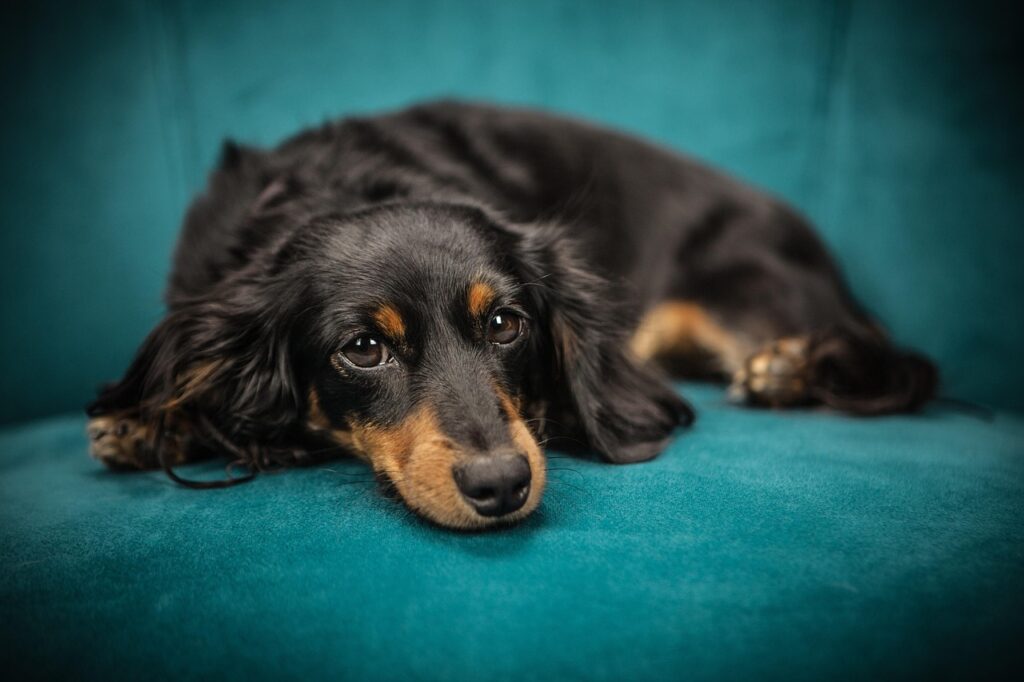
Set up a spot that’s just theirs—a crate, a soft dog bed, or a corner where they can retreat. It should be away from foot traffic, noise, and chaos. Familiar items like a favorite blanket or toy make it feel safer. Giving your dog a place to decompress helps reduce anxiety. It becomes their little sanctuary when the world outside feels too loud or strange.
Bring familiar scents and items.
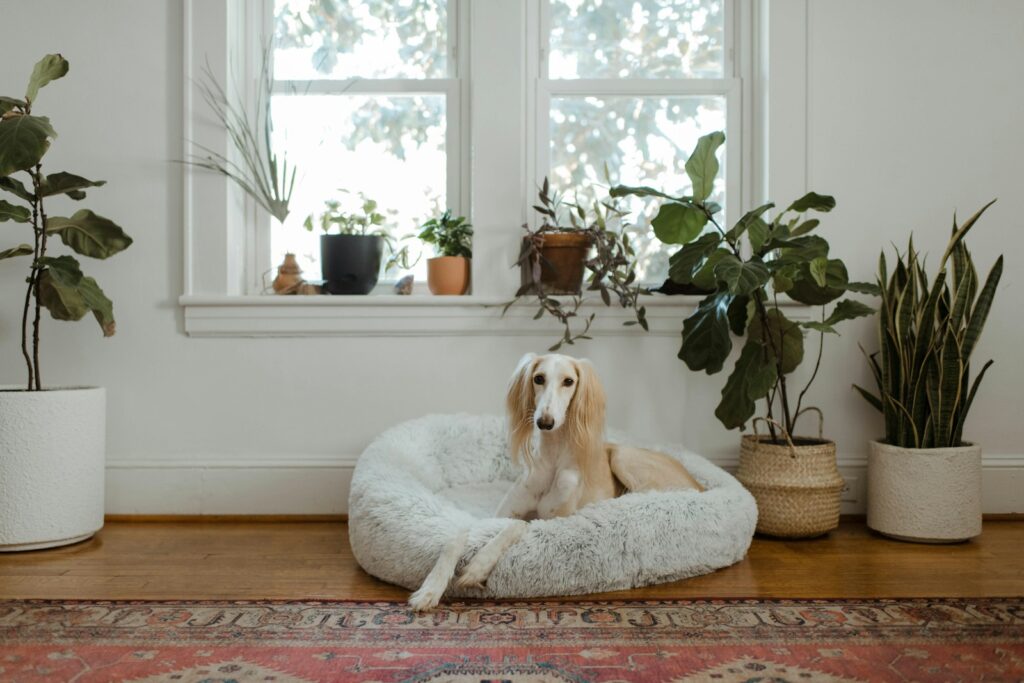
Don’t toss out their old stuff too quickly. That old chew toy, worn-out leash, or food bowl still holds the scent of their last home. Dogs navigate the world with their noses, and those smells act like anchors. Keeping familiar items around in the early days reminds them they haven’t lost everything—they’ve just changed locations. Gradual change feels less overwhelming than starting fresh.
Introduce the home slowly.
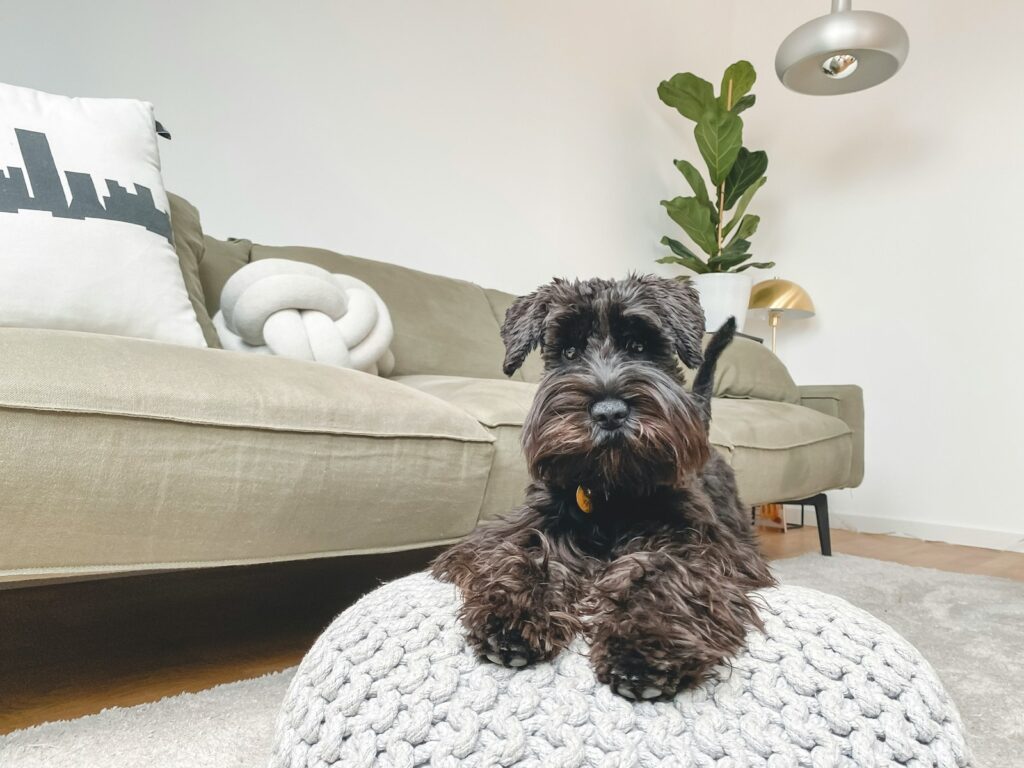
You don’t need to let your dog roam the entire house right away. Start with a single room and allow them to get comfortable there before expanding access. Once they’re confident, open up one space at a time. This gradual introduction gives them time to process the new environment and reduces sensory overload. Smaller steps feel safer and less chaotic to a nervous dog.
Stick close for the first few days.
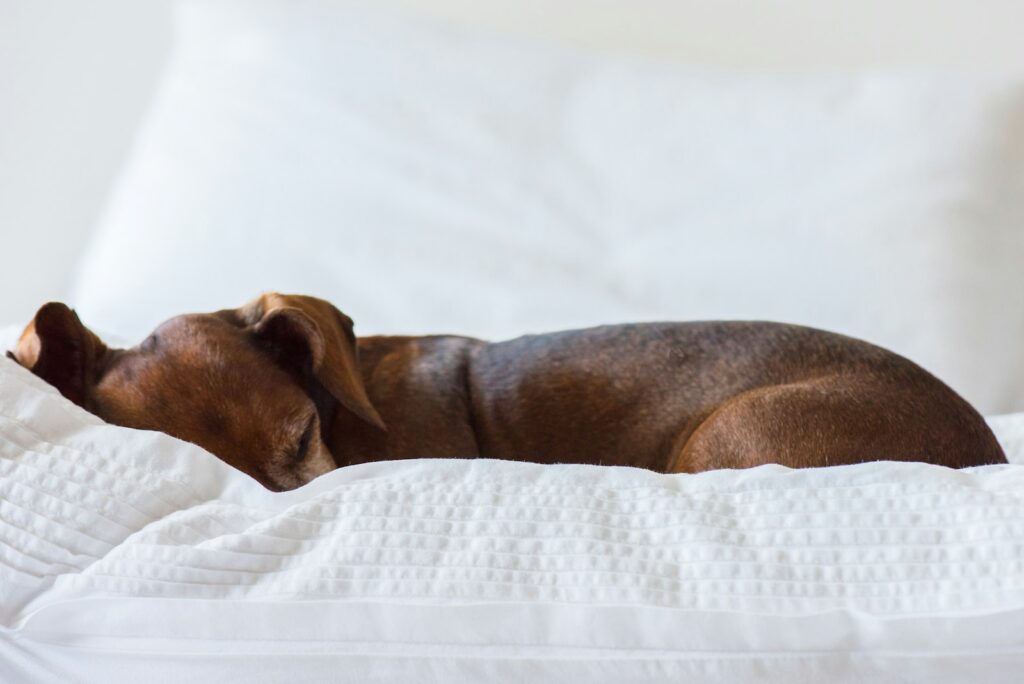
In those early days, your presence matters more than anything. If possible, take a few days off or adjust your schedule so you’re around. Even just sitting nearby while they explore can calm them. You don’t need to smother them with attention—just be there. Your dog will look to you for reassurance, and your calm, steady presence is the best comfort they can get.
Limit new experiences at first.
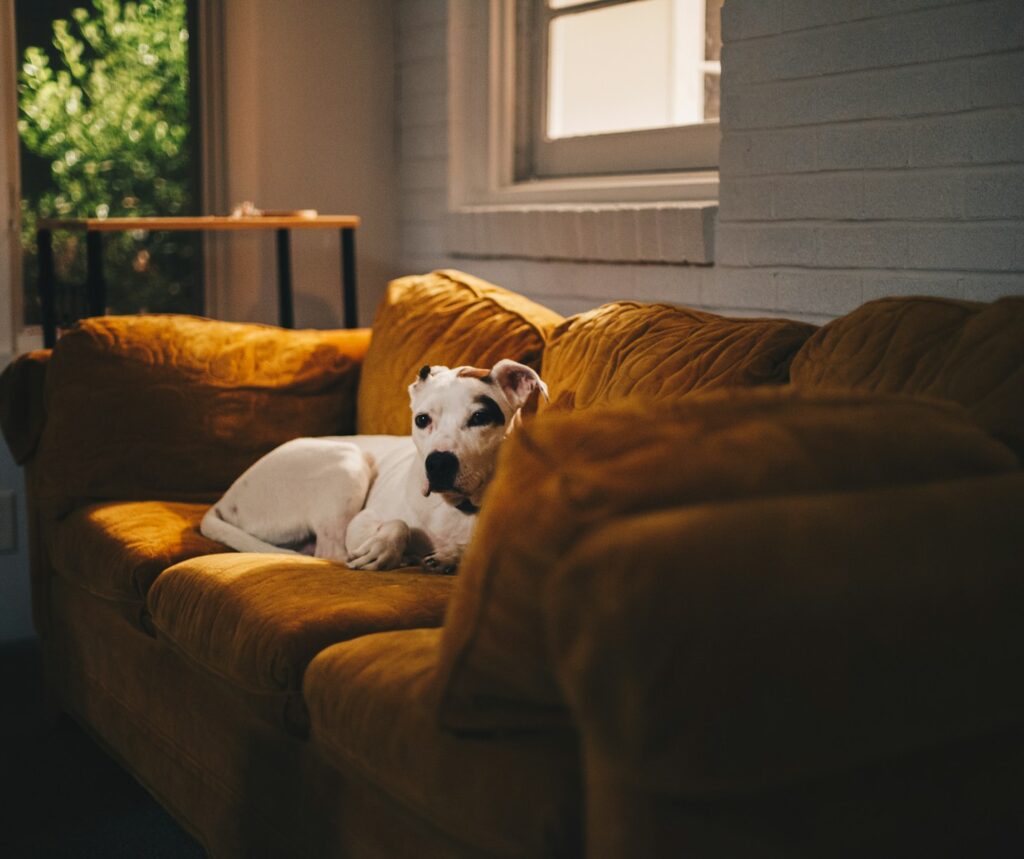
It’s tempting to show off your new home and neighborhood but resist the urge to introduce new people, parks, or routines too soon. Let your dog settle in first. Give them time to build confidence before adding more variables. Too many new experiences can overwhelm them. Slow and steady wins here. Your dog needs time to adjust before they’re ready to handle the extras.
Avoid scolding for early mistakes.
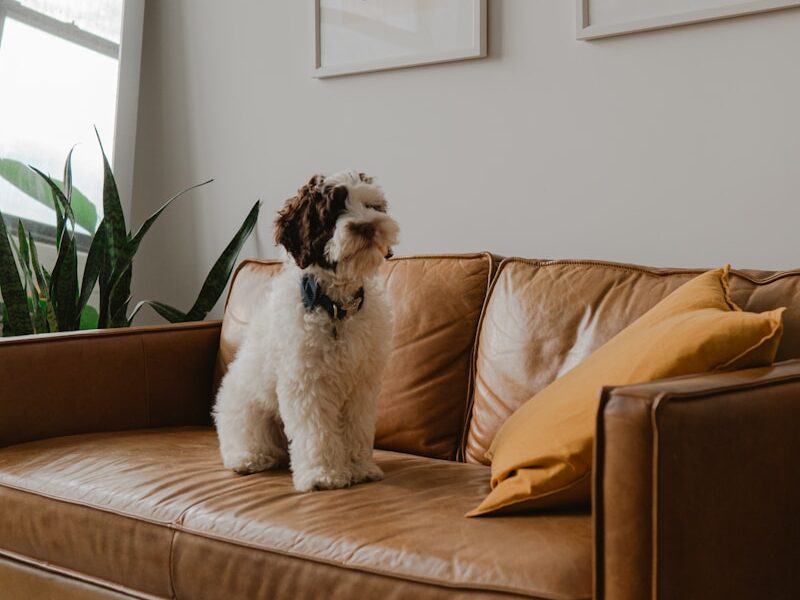
New homes come with accidents—barking, potty slips, or chewing. It’s not misbehavior; it’s stress. If they mess up, stay calm. Redirect gently and reward the behaviors you want to see. This teaches them what’s okay without creating fear. Harsh discipline makes them associate the new home with punishment. Patience builds trust, and that trust will carry you through the transition.
Take familiar walks when possible.
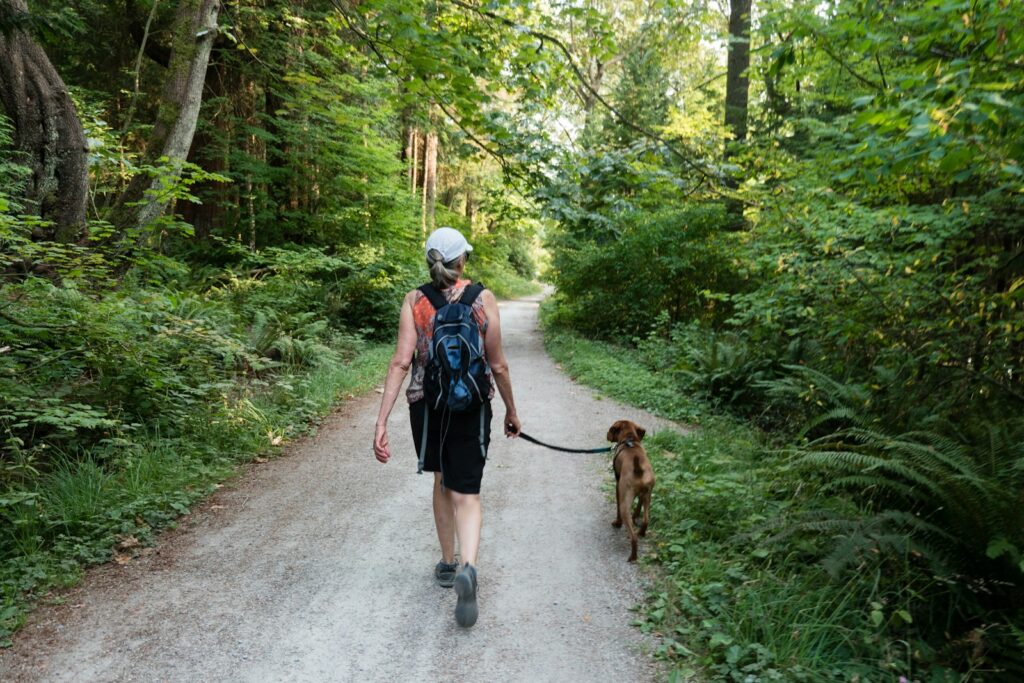
If you’ve moved locally, try to maintain familiar walking routes. If that’s not possible, create a consistent route in the new neighborhood. Walk at the same time each day and let them take their time sniffing. Smelling the environment helps dogs map it in their minds. Routine walks also offer comfort and grounding in an otherwise unfamiliar place. Predictability on walks matters just as much as indoors.
Keep food and water in the same spot.
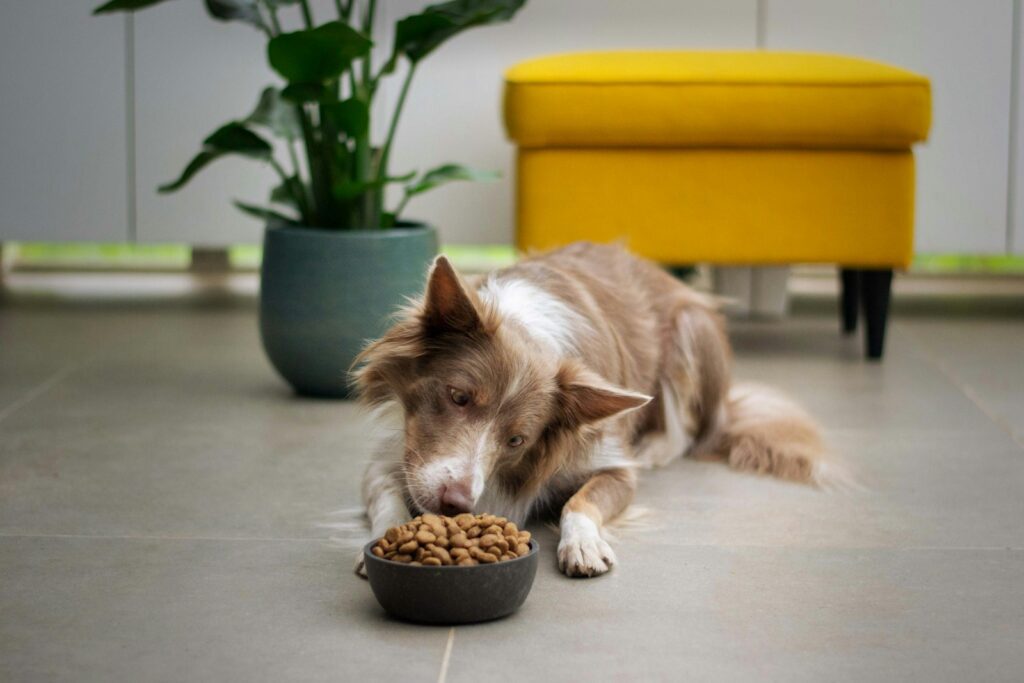
Once you decide where their food and water bowls will go, don’t move them around. Consistency in location helps your dog form mental maps of the space. In a sea of change, knowing exactly where to find food provides reassurance. Stick to familiar brands and portion sizes, too, if you can. Digestive systems don’t adjust as fast as we do, and familiarity can prevent upset stomachs.
Use calming tools if needed.
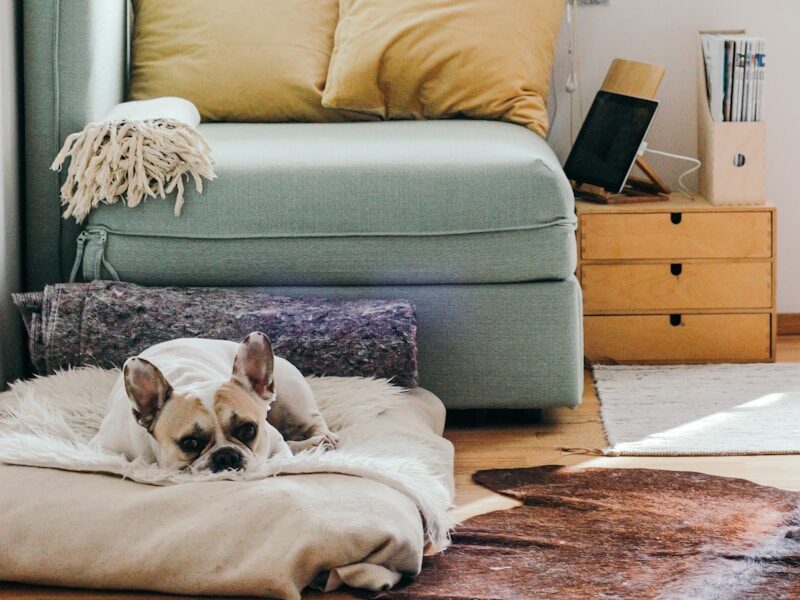
Some dogs need a little extra help settling in. Consider a calming vest, pheromone sprays, or vet-approved supplements. These tools aren’t meant to replace patience, but they can take the edge off. If your dog’s showing signs of intense stress—like shaking, hiding, or obsessive licking—these supports might make the transition smoother. Think of them as training wheels for emotional balance.
Don’t overwhelm with attention.
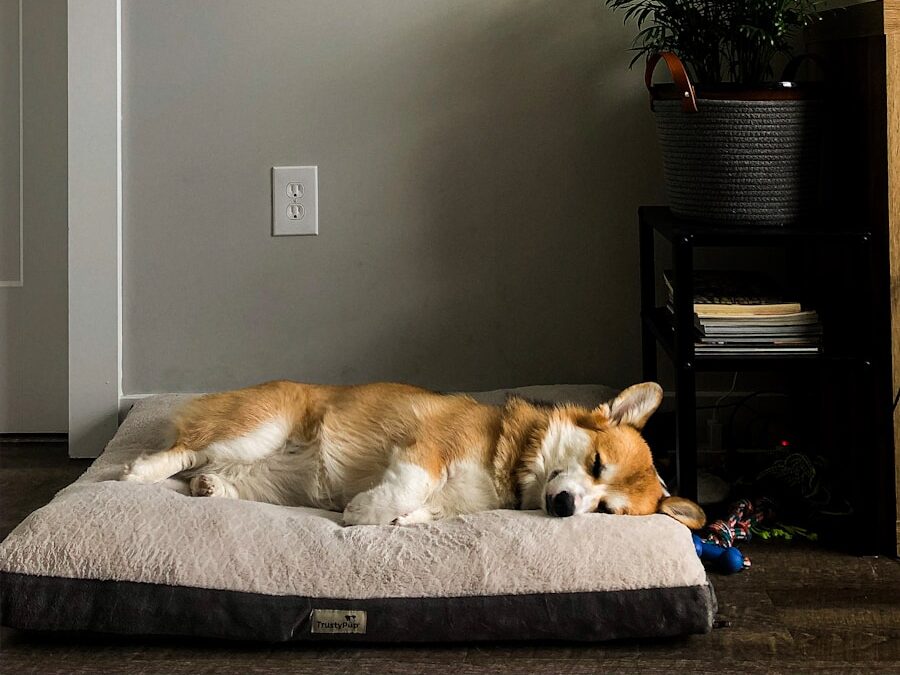
It’s natural to want to comfort your dog with extra affection, but too much attention can backfire. If your dog becomes too dependent, it can lead to separation anxiety when you do leave. Strike a balance. Be affectionate but let them explore on their own terms. Respect their space. Let them come to you when they’re ready—it helps build confidence.
Watch for subtle signs of stress.
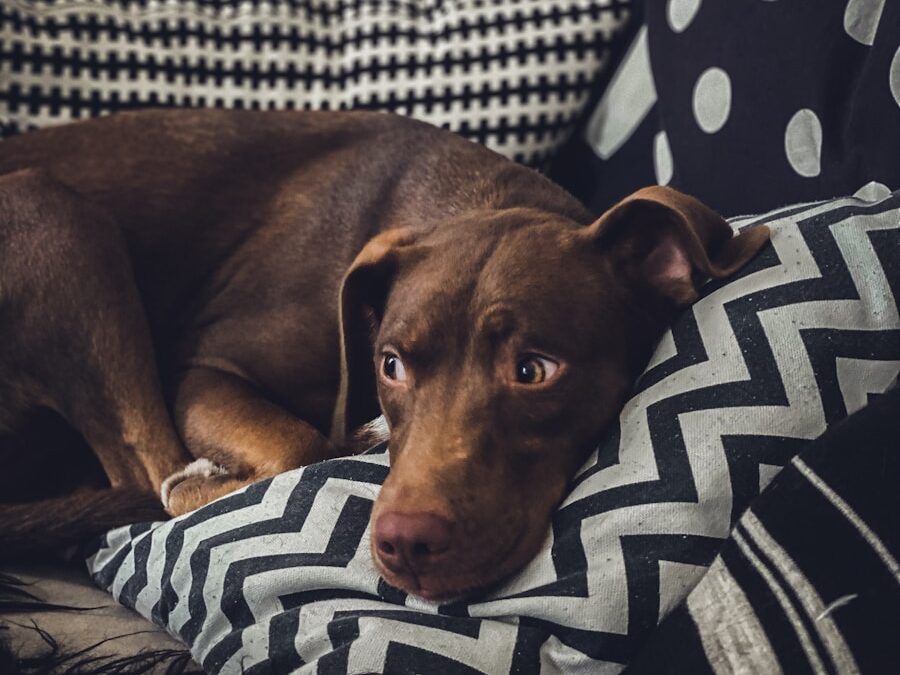
Not all anxiety shows up as whining or barking. Look for smaller signs: licking paws, refusing food, pacing, or extra clinginess. These are clues that your dog’s still adjusting. Every dog shows stress differently. Learning to recognize those quiet signs means you can step in early with support before it turns into a bigger problem. Stay observant without hovering too much.
Introduce guests gradually.
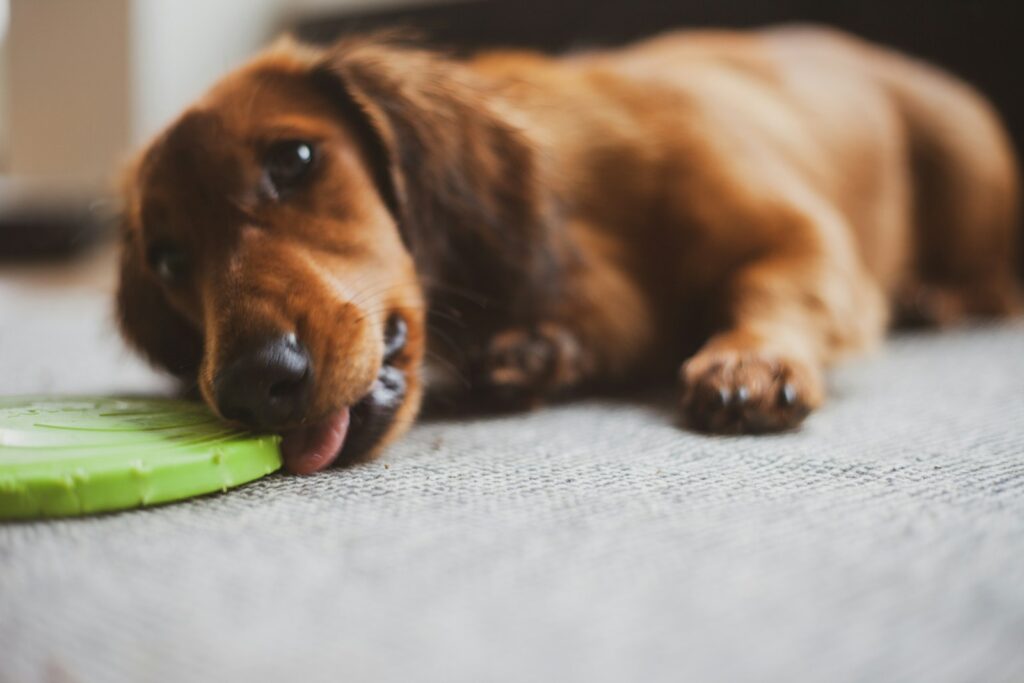
A house full of new people can be overwhelming. If friends or family want to visit, start small. Let your dog greet one new person at a time, and always give them the choice to approach. Don’t force it. If your dog backs away, let them. Encouraging guests to offer treats or speak calmly can help build positive associations. Socializing works better when it’s on the dog’s terms.
Practice short training sessions.
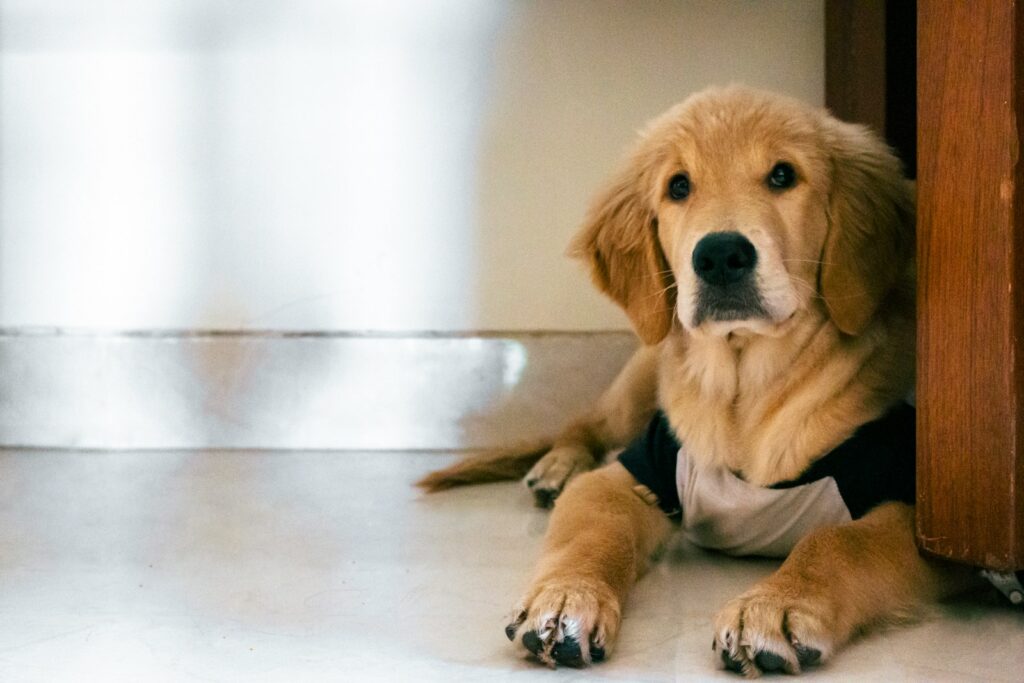
Training helps ground dogs during periods of change. Revisit basic commands like “sit,” “stay,” or “leave it.” Keep sessions short and low-pressure. Training reminds your dog that you’re still in charge, and it gives them mental stimulation, which reduces anxiety. Plus, it creates structure. Don’t try to teach too much too fast—stick with what they know until they’re more confident in their surroundings.
Celebrate small moments of progress.
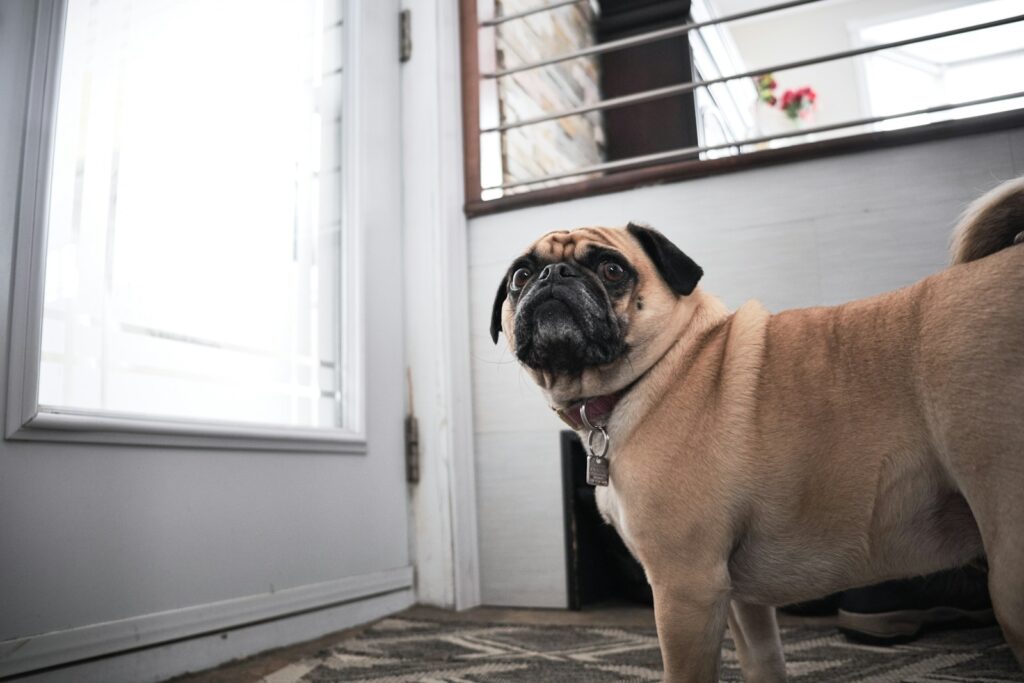
That first tail wag, the moment they finally nap peacefully, or when they eat a full meal without hesitation—these are big wins. Don’t wait for huge milestones to acknowledge progress. Positive reinforcement strengthens trust. A belly rub or extra treat goes a long way. When your dog sees that good things happen in this new place, they’ll start letting their guard down, little by little.
